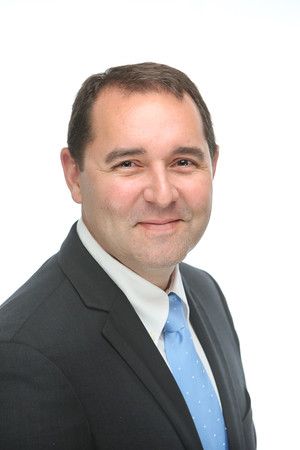
How to Conduct a Risk Assessment in an Agile Audit Approach
Field: Auditing | Delivery Method: Self Study | CPE Hours: 0.25
How to Conduct a Risk Assessment in an Agile Audit Approach
Traditional VS Agile Audit Approach
Traditionally, internal audit functions have attempted to achieve comprehensive coverage through extensive audit universes, catalogs of all possible auditable entities and processes within the organization. However, this comprehensive coverage often led auditors to become bogged down in excessive detail, overlooking the actual risks that posed significant threats to organizational objectives. Agile auditing solves this fundamental problem by shifting the focus from processes to specific, strategically important risks.
An agile audit approach begins by defining a risk universe, rather than the traditional audit universe. The risk universe comprises clearly defined risks that are directly tied to the organization's strategic goals and objectives. This shift from a process-centric to a risk-centric approach is crucial. It ensures auditors focus on actionable, specific risks rather than broad, vague categories, such as operational, financial, or compliance risks, which, by their nature, are too extensive and nonspecific to be effectively audited.
Agile auditors prioritize understanding risks that directly impact strategic initiatives, focusing attention on areas that could derail the successful achievement of organizational goals. For example, when evaluating a critical financial initiative aimed at entering a new market, agile auditors wouldn't audit the entire project broadly or assess generalized compliance risks. Instead, they would focus exclusively on specific, identifiable risks such as potential regulatory hurdles in the new market, the reliability of financial projections, or market competition dynamics. This targeted approach allows auditors to deliver meaningful insights quickly and accurately, enabling management to take immediate corrective actions where necessary.
Implementing Agile Audit Risk Assessments
Benefit of Agile Audit Risk Assessment
- Identify and define clearly actionable risks directly aligned with organizational strategy.
- Shift from broad, categorical risk assessments toward targeted evaluations of specific, strategically relevant risks.
- Foster collaboration with other internal functions to leverage comprehensive risk intelligence.
- Adopt iterative, responsive assessment methodologies, allowing rapid realignment in response to emerging risks.
- Emphasize transparency, clarity, and practical recommendations in audit communication.
To receive CPE for reading this article: "Enroll in Course for FREE" below.
© 2025 Toby DeRoche, and published with author permission. The opinions expressed here are solely those of the author and do not represent the opinions of the cRisk Academy®.
Your Instructor

Toby DeRoche is a bestselling business writer, highly credentialed governance professional, and entrepreneur. Toby has combined his background in English Literature, an MBA, and over 20 years of business experience by authoring more than 250 business thought leadership blogs for industry leaders across the U.S., Canada, and Europe, several of which have been featured in Forbes Business. He has also written 16 whitepapers and four books, including Agile Audit: Transformation and Beyond, Only Audit What Matters (an Amazon bestseller), Modernize Your Audit Department, and Not Yet: A Warming Tale About My Neighborhood, and he contributed two chapters to the 28th edition of ISACA's CISA Review Manual as an IT control subject matter expert.
Certifications:
- Certified Internal Auditor (CIA)
- Certified Information Systems Auditor (CISA)
- Certified in Cybersecurity (CC)
- Certified Agile Auditor Professional (cAAP)
- Certified Agile Auditor Professional - Scrum Master (cAAP-SM)
- Certified Fraud Examiner (CFE)
- Certified in Risk Management Assurance (CRMA)
- Certified in Control Self-Assessment (CCSA)
In 2019, he founded Insight CPE, a company focused on continuing education for audit, risk, and fraud professionals. Through this platform, he has delivered over 130 custom training programs and presentations, including the CyberControl System and the Certified Agile Audit Professional.
Today, Toby continues to write, consult, and coach, primarily working with organizations to enhance their governance and cybersecurity practices, combining strategic insight with practical solutions. Outside of work, Toby enjoys spending time with his wife and son, whether enjoying the outdoors or watching movies together.
